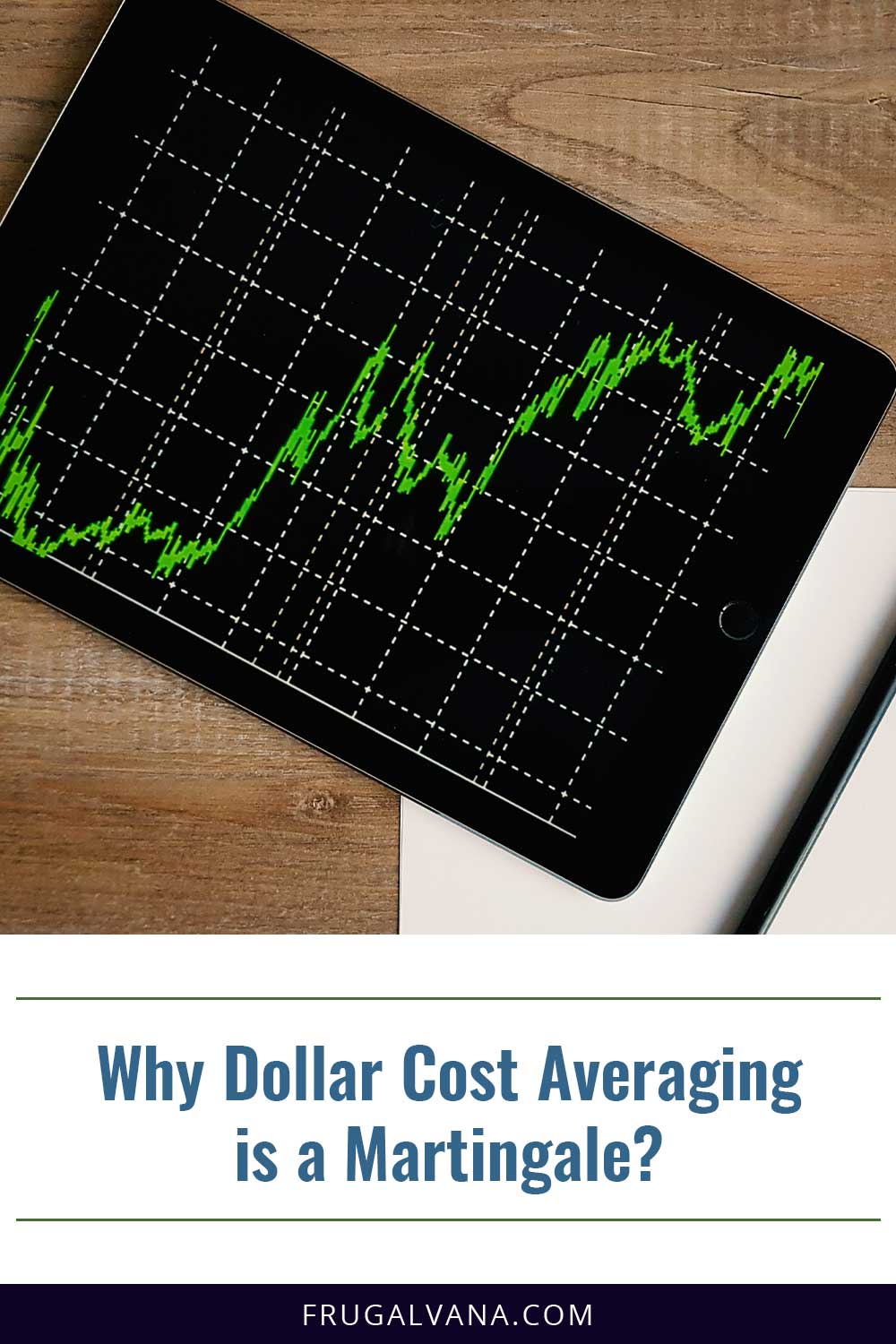Investing can be a great way to grow your wealth, but it can also be daunting for many people. With so many options and strategies to choose from, it’s easy to be overwhelmed and unsure about where to start. One strategy that has gained a lot of attention in recent years is dollar cost averaging.
This approach involves investing a fixed amount of money into a sort of asset. Then, the money is invested at consistent intervals, regardless of the asset’s price.
The idea behind dollar cost averaging is to take advantage of market fluctuations by buying more of an asset when its price is low and less when its price is high.
But did you know that dollar cost averaging is also a type of martingale? A martingale is a mathematical concept that describes this strategy where a player doubles their bet every time they lose to eventually win back their losses and make a profit.
In this article, we will look at dollar cost averaging and everything you need to know about it so you can decide if this martingale-esque concept is right for you.
What is the Difference Between Averaging and Martingale?
Investing can be a tricky business, with so many different strategies and techniques to choose from.
Two of the most popular purchased dollar cost averaging and the martingale strategy. Both involve buying assets at different prices. However, there are some important differences between the two.
Dollar-cost averaging is a strategy where an investor invests a fixed amount of money and regular rules, regardless of the asset’s price. Finally, the martingale strategy is a gambling technique that involves doubling your bet every time you lose to eventually make a profit.
So what’s the difference between these two strategies? While both involved buying assets at different prices, the key differences in the approach.
Dollar-cost averaging is a long-term investment strategy that aims to take advantage of market fluctuation over time. On the other hand, martingale is a short-term gambling strategy that relies on the assumption that you’ll eventually win big.
If you’re looking for a long-term investment strategy that could potentially help you build wealth over time, dollar cost averaging may be a good option. But if you’re into a more high-risk, high-reward approach, the martingale strategy could be more your style.
Whatever your approach, it’s important to do your research and make informed decisions to help maximize your returns and minimize your risks.
Why Dollar-Cost Averaging the Best Strategy?
When it comes to investing, there are a ton of different strategies to choose from. For example, some people pick individual stocks, while others prefer to invest in mutual or exchange-traded funds.
But if you’re looking for a simple and effective strategy that could potentially lead to solid returns over time, dollar cost averaging is potentially the way to go.
A dollar cost averaging can be the best strategy. Here are a couple of the benefits of this type of investment strategy:
- It’s a straightforward and relatively easy concept to understand.
- It is a long-term strategy rather than a short term.
- The strategy takes the emotion out of investing.
What is Martingale’s Theory Based On?
Before making a decision, you need to understand everything about both concepts. So now, let’s take a look at the martingale theory. Originally developed as a gambling strategy, it has been applied to many fields, including finance, statistics, and even physics.
At its core, the theory is based on the idea of a fair game. In a fair game, the odds of winning and losing are equal. But what if you start losing?
This is what the theory addresses. The basic idea is that you should double your bet every time you lose to eventually win, take your losses, and make a profit.
What are the Drawbacks to Dollar-Cost Averaging?
While dollar cost averaging is a popular and effective investment strategy, it’s not without its drawbacks. Here are a few things to keep in mind if you’re considering this approach:
First, dollar-cost averaging can be time-consuming. As a result, you may find yourself missing out on certain opportunities. It is less effective in markets with a lot of volatility, and also, the concept and strategy are not guaranteed profit-making options.
Overall, dollar cost averaging is a solid investment that can potentially help you build wealth over time. But like any investment approach, weighing the pros and cons and making informed decisions based on your needs and circumstances is important.
Final Thoughts on Why Dollar Cost Averaging is a Martingale
Investing can be daunting, but by using proven strategies like dollar cost averaging and understanding concepts like martingale theory, investors can make informed decisions to potentially build wealth over time.
Ultimately, successful investing requires balancing strategy, knowledge, and discipline, and by staying informed and taking a long-term view, investors can’t potentially achieve their financial goals. We hope that this article helps you do just that.

